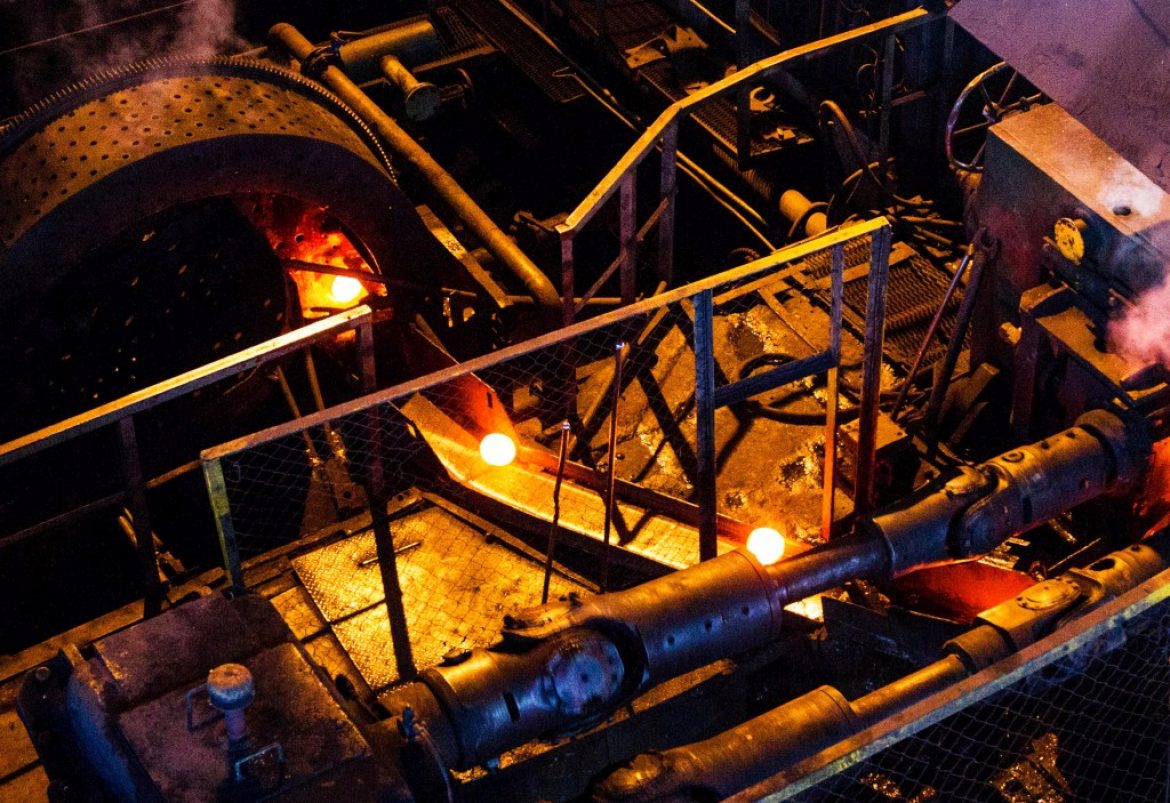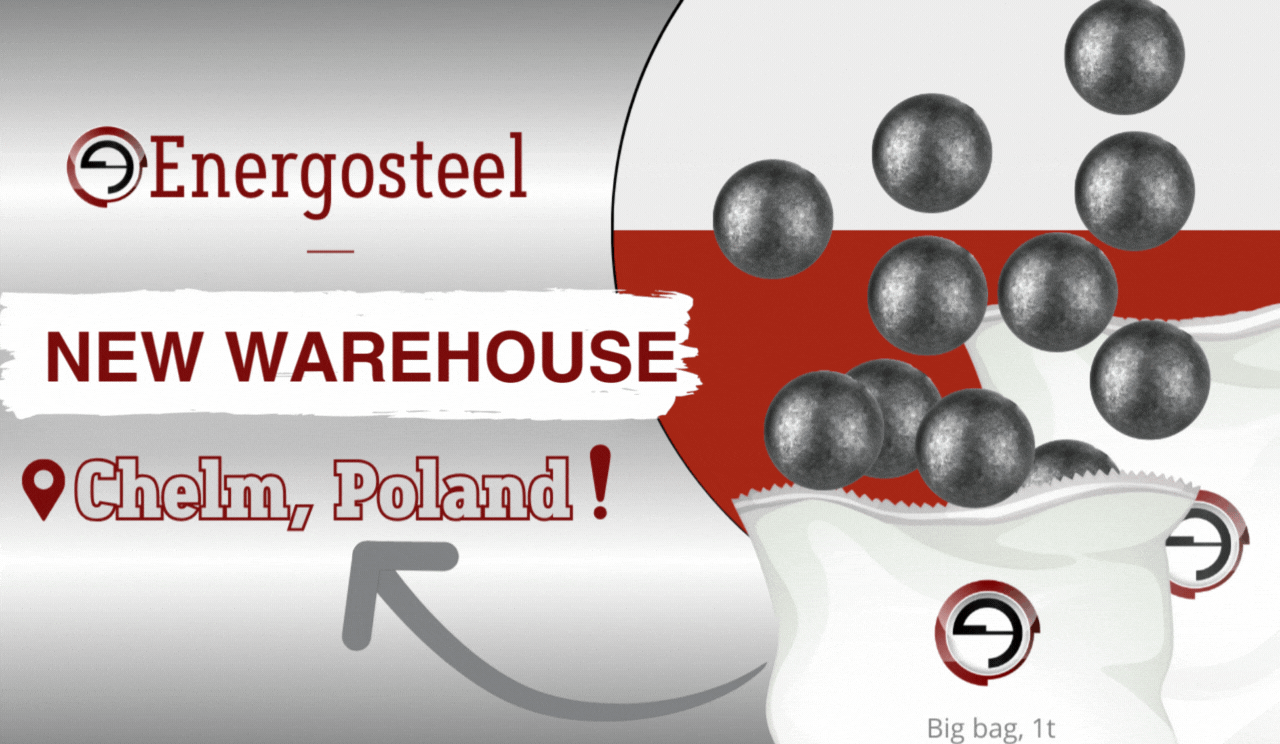The rolling process of “Energosteel” grinding balls corresponds to high-temperature thermomechanical treatment significantly increases the products strength and hardness.
HTTT provides the austenite deforms in thermodynamic stability area and then conduct hardening for martensite. Low tempering follows after hardening.
The main aim of simple heat treatment is to exclude special heating for hardening from deformation (rolling) heating. Thanks to this, we get an economic effect.
HTTT main goal is to increase the steel mechanical properties. The martensite inherits the substructure of recrystallized austenite formed during hot deformation, under HTTT.
The best complex of mechanical properties achieves if martensite formed from austenite with a well-developed polygonized structure. Martensitic crystals completely imitate the dislocation subbands of the hot-deformed austenite. Dislocations interlacing inherited by martensite, also.
The strength threshold, the fluidity threshold and substructure martensite characteristics increase under HTTT, as a result of the martensite crystals fragmentation by subgrain boundaries. We are only talking about substructure martensite characteristics enhance plasticity by strength increasing. HTTP allows obtain higher plasticity indices at the same strength, in comparison with simple hardening and tempering.
Temper brittleness can be abruptly weakened with the HTTT help. In this case, the intra-grain destruction occurs instead of intergrain destruction typical for the temper brittleness.
The most important HTTT advantage is its ability to increase the strength and resistance the cracks spread (fracture toughness) simultaneously.
The HTTT regime select in such a way, that the austenite needs to have a well-developed polygonized structure before the martensitic transformation commencement.
An optimal combination of temperature, degree, speed and deformation fractionality is necessary for each steel grade, product type and product diameter in order to obtain a developed polygonized austenite structure.
The hardening is necessary after the end of the carbonaceous and low-alloyed steels deformation in order to prevent static recrystallization and preserve the polygonized structure prior to the martensitic transformation commencement.







